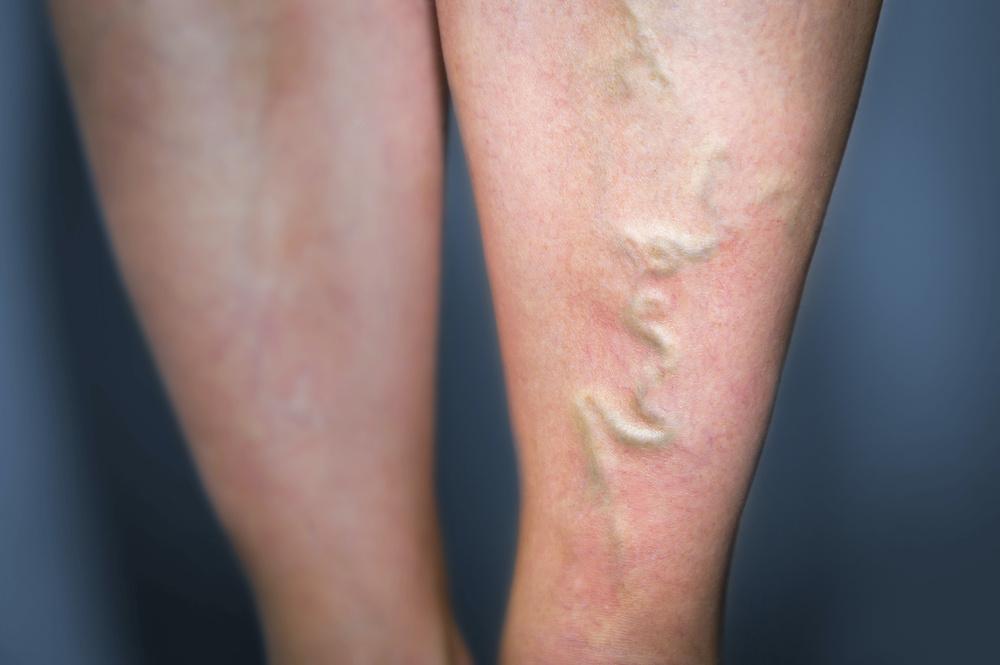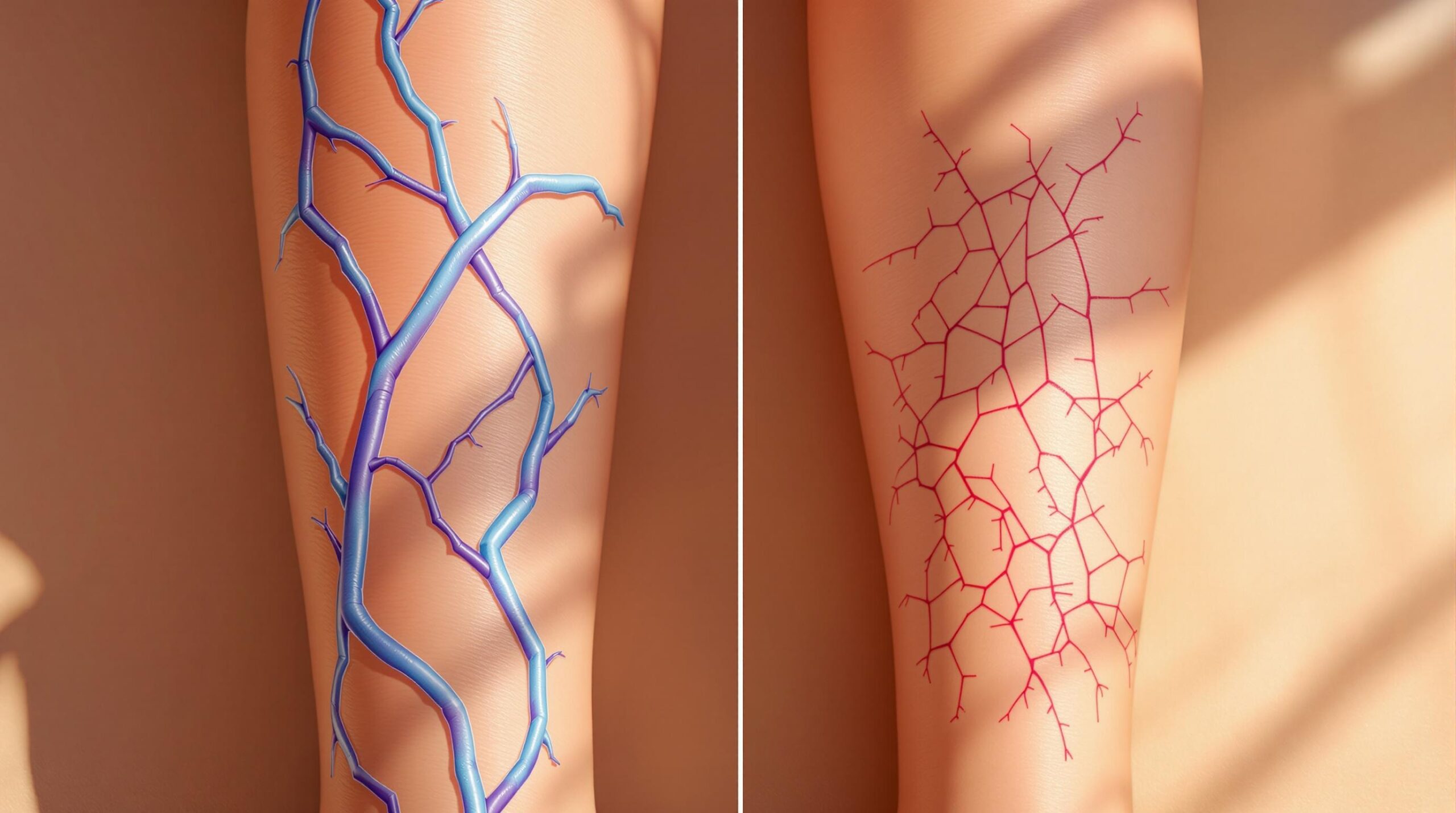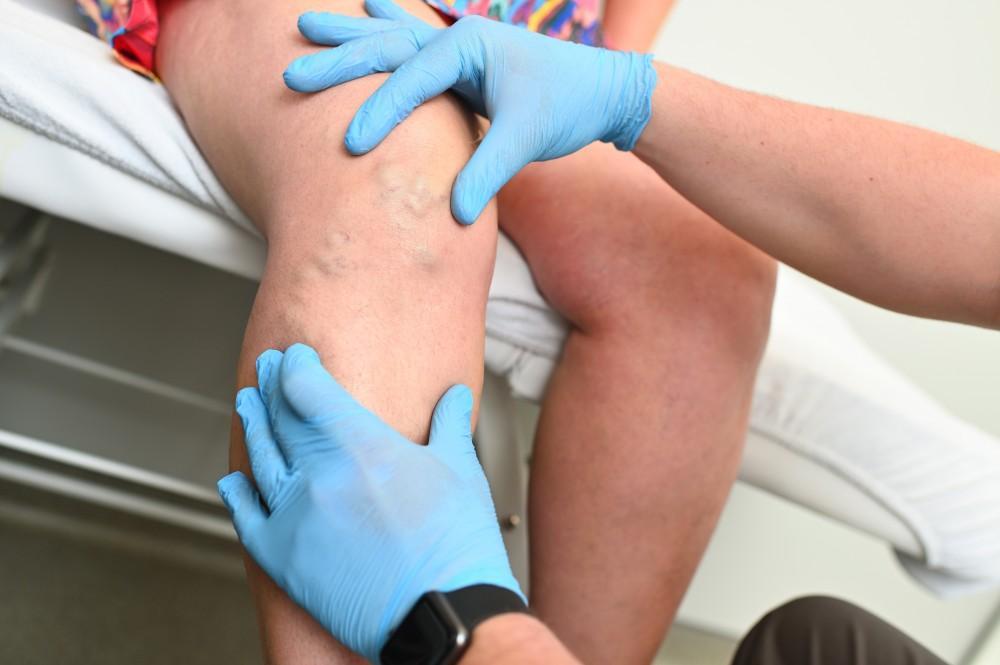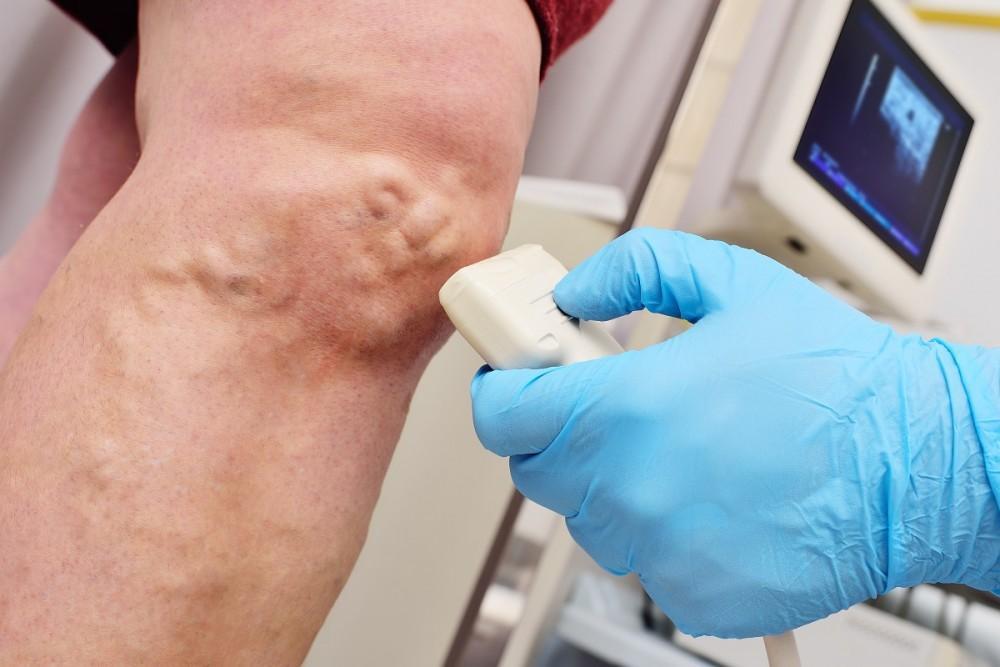Women are twice as likely to have varicose veins compared to men, and what’s more, many women find their symptoms worsen at certain points of their menstrual cycle — specifically, when they have their periods. Fortunately, treatment can help. Here’s why your varicose vein symptoms get worse with your periods — and how we can help.
Varicose vein basics
Your veins are responsible for carrying blood from your extremities back to your heart and lungs. Tiny valves inside your veins open and close rapidly to keep your blood moving forward.
Sometimes, though, these tiny valves are damaged, and that allows blood to slow down and even reverse course. When blood collects behind the tiny valves, it weakens the vein walls, causing bulging and inflammation that show up as varicose veins.
Varicose veins happen more often among people who are overweight, people who smoke, and people who spend a lot of time sitting or on their feet. Although their bulging, purplish appearance is perhaps their most recognized feature, varicose veins can also cause symptoms like:
- Leg pain
- Cramps
- Itching or burning sensations
- Feelings of heaviness in the legs
- Leg fatigue
- Leg or ankle swelling
- Thinning skin or hard-to-heal sores
Symptoms can happen at any time, but they often feel worse after sitting or standing for a long time or following exercise.
Varicose veins and estrogen
Many women find their varicose vein symptoms feel worse just before and during their periods. Even veins that don’t cause symptoms during the rest of the month can become uncomfortable during menstruation.
Researchers believe that’s because progesterone and estrogen play a role in vein function, helping veins relax more. These hormones fluctuate a lot around your period, causing changes in vein tonicity and diameter that, in turn, cause changes in blood flow.
Researchers found that women whose veins feel extra “heavy” during their periods have an increased vein diameter that allows affected vessels to become more swollen and congested. Other research indicates that tiny receptor cells in the vein tissue are especially sensitive to estrogen and progesterone, explaining why symptoms feel worse when these hormone levels change or remain at a higher level.
Treating varicose veins
Many women whose symptoms worsen during their periods benefit from lifestyle changes, like leg elevation or increased leg exercises, along with compression stockings to provide support for damaged valves. But in many cases, the vein itself must be treated to find lasting relief.
Radiofrequency ablation is a minimally invasive in-office treatment that uses radio energy to gently heat veins, causing them to close off and dissolve over time. Sclerotherapy is an injection therapy using chemicals to achieve the same effect.
Microphlebectomy is also effective, especially for larger veins. Instead of “shrinking” the vein and waiting for it to be absorbed by your body, microphlebectomy uses tiny incisions and a special instrument to remove the varicose vein surgically.
In every case, healing and recovery are quick. Circulation is rerouted to neighboring veins once the problematic vein is treated.
Find relief for uncomfortable vein symptoms
Varicose veins aren’t just unattractive — they can cause a host of uncomfortable symptoms. What’s more, they’re an indication that you have a problem with your circulation in the area where the veins occur.
Vein treatment can resolve all these symptoms, helping you feel better and improve your circulation, too. To learn more, call 972-295-7017, or book an appointment online with the team at Prime Heart and Vascular today.





